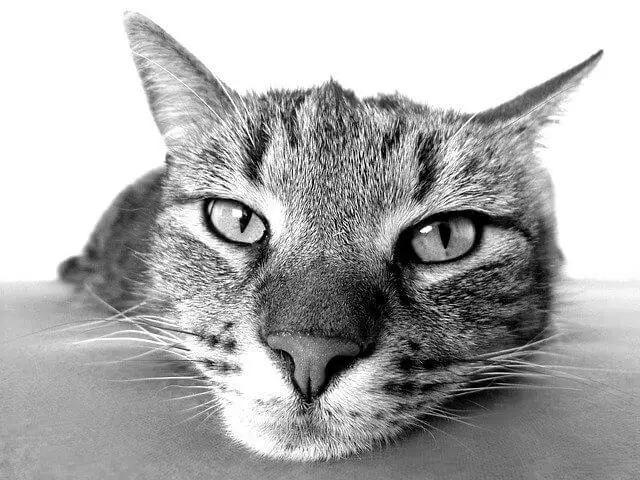Tail play is a common behavior among cats and dogs, but have you ever wondered why they find it so irresistible? In this article, we explore the fascinating world of tail play, uncovering the reasons behind this behavior and shedding light on the instincts that drive our furry friends to engage in this delightful pastime.
One of the primary reasons cats and dogs are drawn to tail play is due to their instinctual reflexes. Both species have inherited ancestral hunting instincts, and when they see a rapidly moving tail, it triggers their natural response to chase and capture it. This behavior allows them to exercise their hunting skills and gives them a sense of self-stimulation.
Tail play also provides cats and dogs with much-needed physical and mental stimulation. As highly active animals, they require regular exercise to stay healthy, and tail play allows them to release pent-up energy. The quick movements and unpredictability of their tails challenge their reflexes and coordination, providing a mentally stimulating activity that keeps boredom at bay.
Additionally, tail play serves as a form of communication and social interaction for cats and dogs. When engaging in tail play with their fellow furry companions, it allows them to bond and establish trust. It can also be a means of displaying social hierarchy, particularly in multi-pet households, where dominant animals may initiate tail play to assert their authority.
While tail play is a normal behavior, there are some frequently asked questions regarding this topic. It is perfectly normal for cats and dogs to chase their own tails, but excessive or obsessive tail chasing may indicate underlying health or behavioral issues. If you notice this behavior, it’s best to consult a veterinarian or animal behaviorist.
Tail play is generally not a sign of aggression, as it is usually accompanied by wagging tails or purring. However, it’s important to observe the overall body language of the animals involved. If there are signs of aggression, such as raised hackles or growling, it’s best to separate the animals to prevent potential conflicts.
Tail play can be encouraged by providing appropriate toys or objects that mimic the movement of a tail. However, if tail play becomes excessive or leads to injury, redirecting their attention to other forms of play or providing alternative outlets for their energy is advisable.
In conclusion, tail play is a fascinating behavior exhibited by cats and dogs, driven by their instinctual reflexes and the need for stimulation and social interaction. Embracing this aspect of their nature by providing suitable toys and opportunities for play not only enriches their lives but also strengthens the bond between pets and their human companions. So, let the tail play begin and revel in the joy and wonder it brings to our furry friends’ lives.








